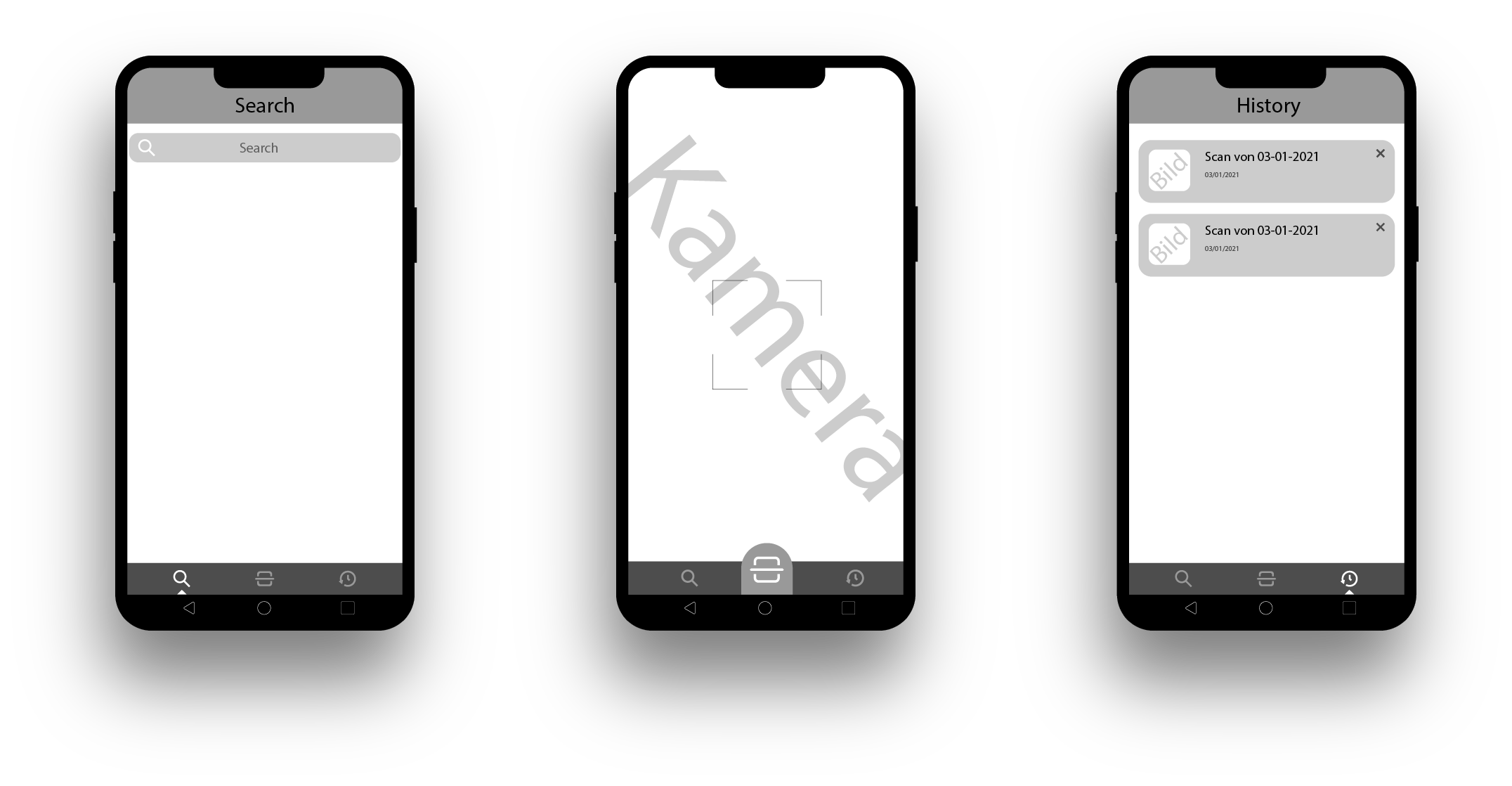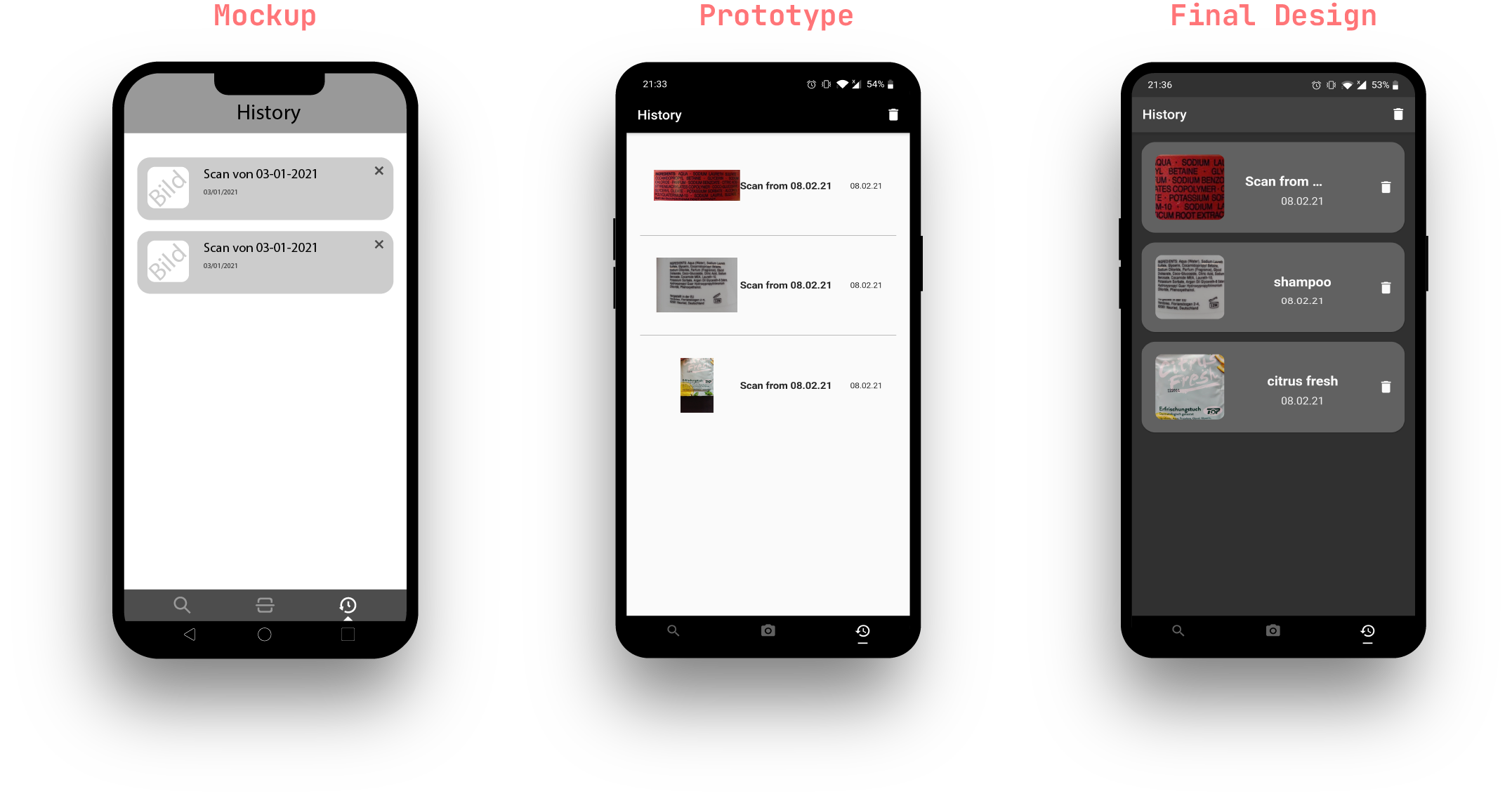First steps
Mockups

Evolution of our design

Second phase
The Miro board helped us a lot in the process of visualising and managing our ideas. We also used it as a Task/Kanban board. We never ran out of ideas, therefore our idea collection and prioritisation changed weekly. Staying in touch with our supervisor helped us a good deal with our decision-making over which features to implement. Keeping a constant communication flow allowed us to be very flexible. This phase lasted until the end of our development.
Obstacles
Group responsible for our data retrieval
Our backend group struggled with retrieving data at first. Since our data came from the European Commission, who was fond of helping people who were going to use the data, we knew that we wanted to get in touch with them to see if they had an API endpoint or something else to help us in any way. It turns out they had one, but it was poorly documented. We didn’t know how to access the data we wanted. After a lot of confusion and a couple of mails exchanging, we found out that the endpoint didn’t even provide a way to access the data, but only to return a file containing the data. So it was a dead-end and cost us at least 1 1/2 weeks.
Group responsible for our text recognition
At around the same time, the other group struggled with their own problems. One of their tasks was to cut unnecessary words from our recognized text, so we didn’t have to search for them in our database, hence improving our performance. Their idea was to use RegEx, but no one in our group has used RegEx before. It was quite a drag for them to get into RegEx, especially because we had so many little details to consider. This was an ongoing process up until the end because there was always something to improve on.